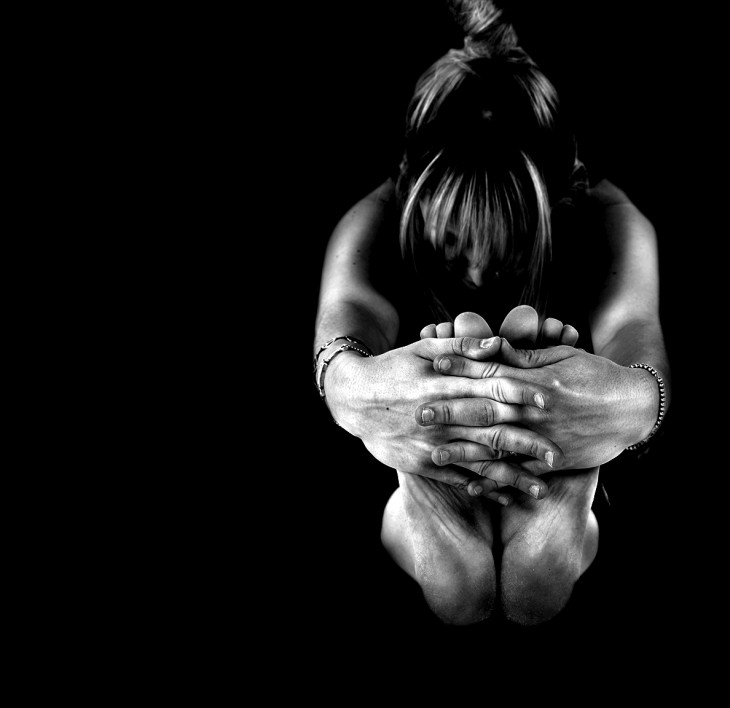Words and Photographs by Abbi Hughes
Making your photographs look exciting and eye catching is a tricky process. There are many amazing photographers and image makers out there and its becoming increasingly hard to be individual. The key is creativity.
Below are some tips from SurfGirl photographer Abbi Hughes and some key criteria that SurfGirl’s editor Louise looks for when choosing images for the magazine and online websites:
“I get sent a lot of photos, almost daily, so I’m always looking for images which really stand out, which will usually only be 1 or 2 in a batch of 20. Things which catch my eye are great surfing photos, beautiful lineups and imagery which captures the joy of surfing. We don’t all live in the Maldives and it’s not that easy to create good images when the surfs not that great, or it’s not sunny, however if you add a bit of your own creativity into the mix, then it doesn’t matter where you live. Once you’ve learnt the rules of photography, good photos are all about passion and creativity.”
If you are into photography and enjoy capturing the surf lifestyle try something a little different, something that stands out from the crowds. You have to have a unique way of looking at the world. Here are some good tips on creating dramatic imagery that will improve your technique and make your work stand out. You never know, we might pick some of your images for the next mag!
1. Composure
The composition of your image is extremely important. It is very easy to just click away and only capture the standard shot. Choose an interesting subject, crop closer or wider, change your angle or position, check the background and look at key focal points. Understand the golden rule; rule of thirds, diagonal rule, colour in composition, leading lines, perspective etc. If you love photography, its good to get to grips with the basics and then break all the rules again! After all, its your creative eye leading the way. Remember that simple compositions are usually best, pick out textures, patterns or dramatic scenes.
2. Exposure
Getting an image perfectly exposed is tricky business. Luckily for us, our cameras and camera phones give great prompts to help us to do this (in built metering). However a perfectly exposed image is not always the most dramatic. Play with the exposure to create new and experimental work.


Surfers on Godrevy beach by Abbi Hughes.
Images shot on the same day, playing with exposure can give you dramatic differences in effect.
3. Backdrops
Pay attention to what is in the background of your photos. Plain backdrops will help the main subject jump out. Textures are a great accompaniment to add colour and interest. If the foreground and the background of your image are full of interest, your eye won’t know where to start and the final image will look confusing and overpowering. Sometimes simple is best.

Forward fold yoga posture by Abbi Hughes.
Using dramatic studio lighting and solid backdrops make your images pop out of the page. Don’t be afraid to be different.
4. Light
Light is obviously a very important aspect in all photography. Direction of light on your subject will strongly effect the overall look. Try and take images when the sun is low in the sky to avoid harsh light and get the lovely golden glows from the early morning or late evenings. Try using some fill in flash to help pop your subject out of the background and this helps you to start to learn about controlling the light in your images. You can also bounce light and play with reflectors to get the perfect exposure. Be careful of strong shadows and over exposed highlights. When shooting underwater be aware how light changes dependant on depth, distance from your subject and the weather.

Shot from beneath the waves Gylly beach Falmouth, by Abbi Hughes.
5. Image selection and post processing
Select only your best photos, leave the rest on the hard drive. Pick a couple to place through post production, no one wants to see hundreds of images of the same surfer on the same wave. Post production is an important part of photography, helping you to fine tune any mistakes in camera. It can really ignite the creative juices to create something completely unique.




